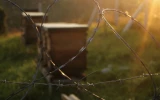How To Requeen a Hive Naturally (Weak, Aggressive, Abandoned)
If the hive is weakening or aggressive, there aren't any visible eggs in the brood chamber, or there’s an irregular pattern of eggs, you know you need to requeen that beehive. Requeening seems easy, and sometimes it really is that easy. But it usually requires a little more buzzing effort.
To requeen a hive naturally, simply let the bees rear their own queen. If the old queen is still present, you will need to remove her from the beehive. If your colony is queenless, insert a frame of eggs from a nearby queenright colony, observe the eggs for three days, and then check back after 15–20 days.
Every beekeeper must eventually replace the queen in their hive. Some do it every year, while others do it every two years. It is excellent for your hive, which benefits you as the beekeeper as well.
Summary
- Beehives with a queen are referred to as "queenright," whereas hives without a queen are referred to as "queenless."
- Queen bees are essential to a colony because they are the only honeybees capable of laying fertilized eggs.
- Requeening is the process by which the beekeeper "disposes" of the old queen and installs a new one.
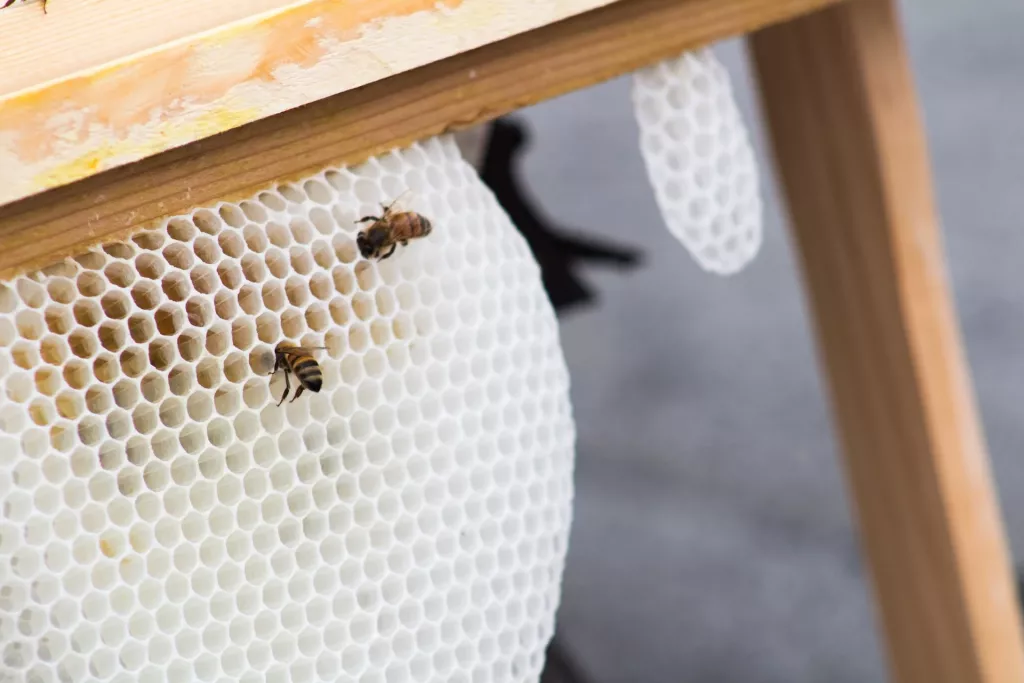
On this page:
How Long Does It Take For A Hive To Requeen Itself?
It will take the bees at least 15 days to rear a new queen from the brood. And they have to wait another 5 days or more for the queen to mate and begin laying eggs.
The queen bee may live for three or four years, but only one to two of those years will see her at her best. After that, she needs to be replaced.
The worker bees only have a small window of opportunity to turn one of the last of their dead or old queen's larvae into a new queen. All the larvae can quickly grow too old to be converted into queens. A colony is in a difficult position under this situation. Many colonies produce a new queen and continue to exist, but many others fail.
If these colonies are unable to produce a new queen, they will gradually weaken and eventually die in the wild. But in a managed beehive, a beekeeper can intervene and change the colony's course.
How Late Can You Requeen A Hive?
July to September is widely regarded as the best time to requeen. It gives your young queen time to establish herself with her hive before winter.
Although there is no set guideline, beekeepers are advised to requeen colonies each year. This is to stop swarming. If possible, this should be done in late summer or early fall, or late July to early September.
A young queen will lay more eggs and produce more bees in the late summer and early fall, so the chance of survival in the winter is at its highest. She might even produce some healthy winter bee brood. Winter bees get a few more months of life since they don't work as much because they spend the majority of the winter in a cluster.
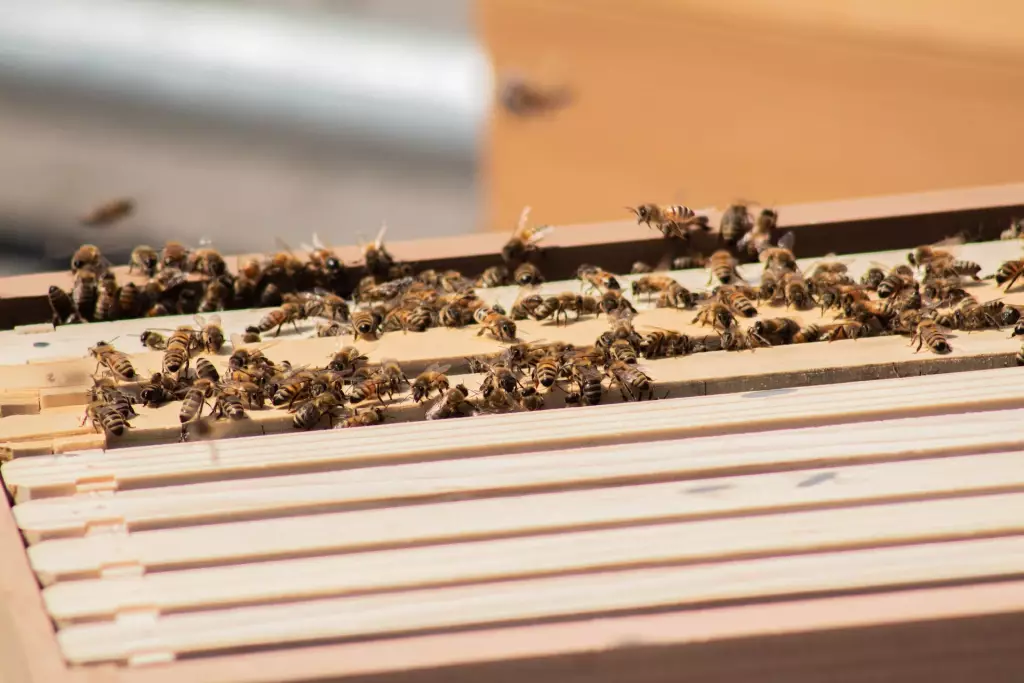
A late summer or early fall queen will be less likely to swarm than an older queen and will be more successful in the spring, when early buildup is crucial. And as the temperature warms up in the spring, a new queen will be prepared to lay eggs.
Requeening is more challenging in September because there isn't a strong nectar flow at that time of year. Bees are more accepting of new queens four to six weeks prior to the main nectar flow.
How To Remove A Queen Bee From A Hive
If the queen bee of a colony is still alive but isn't laying well, she has to be taken out of the hive. Most beekeepers kill queens they remove from a beehive.
To locate the queen, look for the circle of workers that surrounds her. She won't have stripes like the other bees, and her abdomen will be a little bit longer and thinner.
You must take out the old queen before putting in the new one. "Remove" usually refers to killing. Nobody enjoys doing this in beekeeping, but it is often necessary.
Grab the queen by her wings from the comb and quickly pinch her head between your fingers to kill her. Some beekeepers like to do this a few days before placing the new queen, while others choose to do it on the same trip.
How To Requeen A Hive Naturally
Your bees will become aware of their queenlessness and start the process of rearing a new queen from a fertilized egg. One method of requeening a hive is to simply let the bees raise their own queen. You have to wait three to four weeks for her to emerge, mate, and start laying. If the bees raise their own queen, she will resemble her mother in many ways. That might or might not be desirable.
The colony can need the beekeeper's assistance for a brief period of time. Help out if a hive is without any young larvae (small) or fresh eggs for any reason.
If you think your colony is queenless, you can immediately take a frame of eggs from a nearby colony that is queenright, observe the eggs for three days to see if a queen cell is forming, and then return in 15–20 days to see if the queen is laying.
A queenless colony can produce a new queen when you give them a frame from another hive with fresh eggs and/or a very young larva.
This approach does have certain drawbacks. To have a successful, healthy replacement, the queenless colony needs a sizable population. A sufficient number of drone bees must also be present for proper mating. A mated queen replacement is the best option in all other cases.
How To Requeen An Aggressive Hive
The ability of a beehive to have a personality is astounding. Although the colony is made up of thousands of individual bees, it appears as though you are working with a single organism because of the colony's overall collective behavior.
Requeening will alter the behavior of your aggressive colony. Even if you started with a colony of calm bees, the queen is introducing new genetics to the hive every time she leaves to mate with a wild drone. These new genes will be carried by the next generation of bees.
Due to widespread breeding, the majority of wild bees are thought to have some Africanized bee genes or "mean" genes.
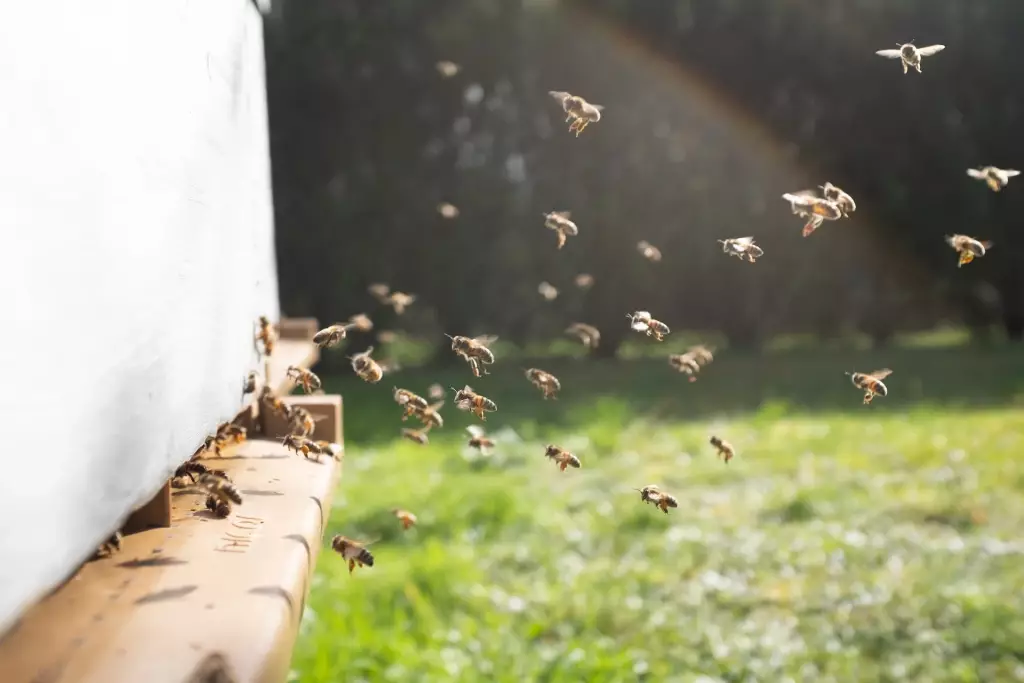
An egg must develop into a worker bee over the course of 21 days. Therefore, in just three weeks, your colony's temperament can completely change. If you feel that your hive is too aggressive for your comfort, you may consider requeening.
Introduce a new queen to your aggressive hive. Your bees will inherit less aggressive traits from the new queen from a peaceful hive. You should start noticing a difference in behavior in approximately three weeks as the new generation begins to emerge.
How To Requeen A Weak Hive
The process for requeening any beehive applies to requeening a weak hive. If the old queen is still present, you will need to remove her and install a new one. Put on safety gear to guard against getting stung. Also spray some smoke on the bees, even with weak hives, to keep the bees calm while you work.
Weak hives in an apiary do not contribute evenly to productivity and take up space while consuming resources like sugar. Beekeepers who notice that a weak hive needs to be requeened shouldn't hold back.
The new queen ensures continuity and success for the hive. Requeening a weak hive also improves the genetic makeup of the hive. Typically, a queen bee purchased from a breeder is utilized to accomplish this.
Requeening a weak hive as soon as possible prevents your colony from deteriorating further and possibly slowly dying. After a few days, you will see that the colony strength has improved.
The quantity or size and level of activity of a bee colony are used to determine its strength. A beehive's strength may also be determined by its level of healthy brood.
Predator invasions or a dead queen are some potential causes of a poor hive. Only once you have confirmed that a weak hive is indeed weak should you requeen it. Hives that have just been set up might not accept a queen and need to be requeened.
Can I Requeen A Hive With No Brood?
You can requeen the hive with a foreign queen bee if you notice that it lacks brood. You must requeen the broodless hive if you cannot find an old or virgin queen bee in your hive.
Beekeepers insert honeycomb containing eggs from another hive inside the broodless hive. Be sure that your broodless hive doesn't contain a queen bee if the bees are using the comb to construct supersedure cells. Some bee colonies will take a comb containing eggs from a different colony.
Broodless hives can result from diseases and pests, and your hive could become brittle due to mites and illness. Before requeening the hive in such circumstances, beekeepers should take pest and disease management measures.
Queen bee eggs only remain unhatched for three days. The larvae stays uncapped for 8 days. If a hive is empty of brood, it has been without a queen for at least 21 days.
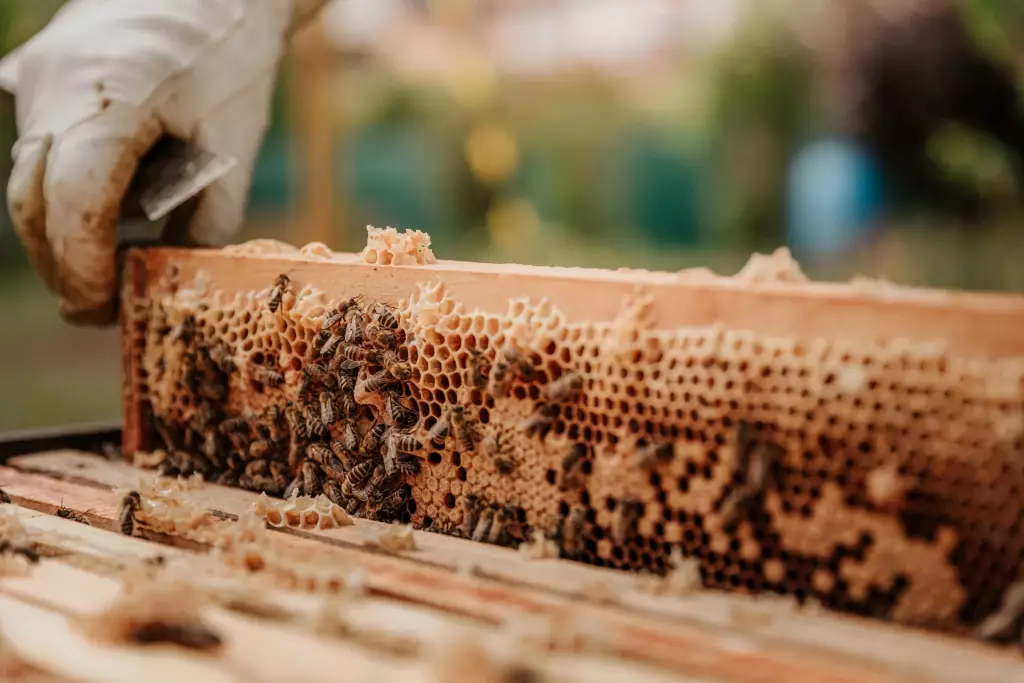
When inspecting your queenless hive, you might not notice any eggs, but you might notice some tiny larvae. This indicates that you have identified the issue before it becomes too late to save your colony.
A broodless hive may find a means to adjust naturally to the queen not producing eggs. Sometimes worker bees begin producing their own eggs. Worker bee eggs may result in more male than female bees. Beekeepers recommend removing such egg-laying worker bees while requeening a broodless hive. These worker bees can end up causing the new queen to be rejected.
Requeening a broodless hive is complicated and requires careful timing. When a hive is without a queen, the bees start preparing the larvae from her eggs to become virgin queens. You can identify this when supersedure cells are present. The bees will eventually reject any queen you place in the beehive once they have begun this procedure.
An aged queen bee's eggs produce virgin queens with an average success rate of 75%. But when two or more emerge together, only one queen should reign.
